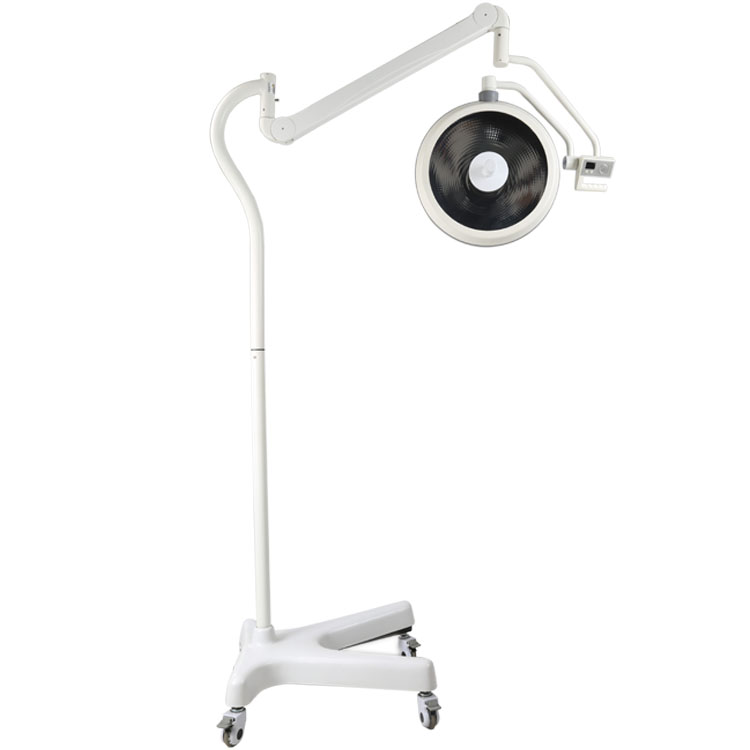(1) 50 kg of raw mango skin, 20 kg of salt, 15 kg of sugar, 2 g of cyclamate, 1.5 kg of licorice, 1 to 1.5 kg of citric acid, 500 g of alum, 250 g of sodium metabisulphite, and 10 saccharin Ke, tangerine juice amount.
(B) Process selection of raw materials → drying → cold water soaking → heating cooking → rinse → salting → cutting → salt removal → dipping → dry cutting → drying → packaging
(three) operation instructions
(1) Raw material selection: Choose a thick-skinned variety and require fresh and ripe mango skin that is dried or dried in time. It requires color orange, no black spots, no mildew, no rot.
(2) Cold water soaking: The selected dried mango skin is weighed and poured into clean cold water, and soaked for 2 to 3 hours. During the soaking, the water is changed 1 or 2 times, and the mango peel can be picked up after draining and drained. stand-by.
(3) Heating and cooking: first add all the alum powder and sodium metabisulfite in the formula to the clean and warm water twice the weight of the mango peel, and boil it. Put the bloated mango skin into the solution and boil it, and maintain it. 15 minutes, several times during the turn, cook until the time required to pick up and drain.
(4) Rinse: Put the cooked mango peel in clean cold water for 3 to 4 hours, changing the water several times.
(5) Salting: Drain the rinsed mango peels and put them in a salting tank in an amount of 5 kg of 50 kg of wet skin salt. Disperse the salt and salt it and marinate it for 2 to 3 days. Turn it over.
(6) Slicing: Take out the preserved mango skin and cut it into strips with a width of 0.8 cm and a length of 4 to 5 cm.
(7) Salt withdrawal: The well-divided skin is put into clean water and soaked for about 1 hour. The water needs to be changed several times. When the mango skin is soaked until the salty taste is moderate, it can be picked up and drained.
(8) Dipping: First dissolve all white sugar, citric acid and half saccharin, cyclamate, and tangerine peel juice into a liquid with a certain amount of fresh water (preferably honey instead of cyclamate), and then remove the salted mango skin. Pour into the cylinder and pour the material into the solution for 1 to 2 days. The material solution is covered with a slightly pressed peel and the cylinder needs to be turned several times during the period.
(9) Drying and rehydration: The mango peel after the dipping is taken out, and the residual material is collected and put to use. Then expose or dry the mango skin. When the peel is baked to the inside and outside without traces or slightly curled, the cylinder can be withdrawn, and the remaining material liquid can be added to the cylinder to rehydrate, and the inverted cylinder can be replaced 2 to 3 times in a timely manner, so that it is repeatedly dried and rehydrated until The remaining material is sucked dry.
(10) Drying and cutting: remove the rehydrated mango skin and dry it inside and outside to recover the cylinder. Grind the licorice and smash about 20 kg of licorice juice. Filter and remove the slag. Add the remaining ingredients and stir into the licorice liquid. Peel the skin. Also change the cylinder 2 to 3 times in a timely manner.
(11) Drying Package: After the mango skin has dried all the licorice juice, remove it from the drying pad, bake it to the inside and outside without water marks, and curl it up. Drying process should be as low as possible, vacuum drying the most wonderful: light color, beautiful.
(d) Product quality indicators moisture 15.8%; soluble solids 26.7%; total sugar 23.6%; total acid 0.32%;

Germany imported beads
Imported French lens
mould Die-casting Eight edge type Revolving arm
Optional emergency power supply≥3 hours
Main Feature:
1.ZF series of reflective shadowless lamp is widely used in various occasions operation lighting needs,is the ideal lighting equipment of modern operation room.
2.Full close streamline lamp body design completely meets the demand of the sterilization and high standard of laminar flow purification in operation room.
3.Adopting more than 5280 slices of reflection mirror, guaranteeing 1200 mm lighting depth.
4.Special design of color temperature compensation provides closer to that of natural sunlight and helps the doctor to distribute operation parts clearly and accurately.
5.The back-up bulb will start work within 0.2 seconds automatically in case the main bulb is damaged,ensuring the continuation of surgical operation. There`s failure indication in the handle control panel,to recommend the bulb to be changed after operation.
6.Detachable handle jacket ,can be used for high temperature (≤134℃)sterilized.
7.Digital-control circuit offers many functions, with 10 segment brightness selection stepless lighting regulation,brightness memory, low voltage start-up and power on self test etc.
8.The life-span of OSRAM halogen bulb is up to 1500 hours; the bulbs can be changed easily.
9.Germany ORSAM lamp socket,thermostability
10.Balance arm can be optional Germany imported or domestic.
11.Mould Die-casting Eight edge type Revolving arm
Overall Reflex LED Operating Light
Overall Reflex LED Operating Light,LED Surgical Lights,Overall Reflex LED Operating Light,Reflection Operating LED Light
Shandong qufu healthyou Medical Technology co.,Ltd , http://www.kangerjian-medical.com
